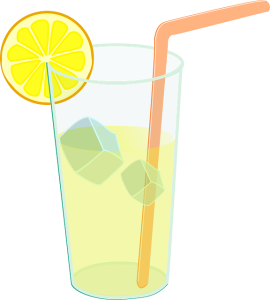Purpose
[stextbox id = “info”] To help the teacher and students become aware of students’ thinking about condensation.[/stextbox]
Description
[stextbox id = “info”] Fill a glass with ice water and set it on a table for all students to see. After a few minutes, ask for a few volunteers to touch the outside of the glass and describe what they feel and see to the rest of the class. Ask students to share their ideas about what the liquid on the outside of the glass is and where it came from.Repeat the demonstration from with an opaque liquid such as iced tea, soda, Kool Aid, etc.
[/stextbox]
Questions to Ask Students
[stextbox id = “info”]- What is the liquid on the glass?
- Where did it come from?
- [/stextbox]
Student Thinking
[stextbox id = “info”] Students are familiar with the phenomenon of liquid forming on the outside of a cold drink glass, but many do not know what causes it to occur. Common student misconceptions include that the liquid seeped through to the outside from inside the glass, or that an unseen layer of ice on the cold glass melted, leaving water droplets. Using a non-clear liquid will challenge students who believed the liquid on the outside of the glass seeped through from the inside to revise their thinking.Some students may use the word “condensation,” but don’t assume they have an accurate understanding of the term. Ask students to explain what they mean by the word, but do not correct their ideas at this point.
[/stextbox]
Implementation Tips
[stextbox id = “info”] Have students record their ideas (in words and/or pictures) in their science notebook or in some other place that they can refer back to as their thinking evolves.[/stextbox]
